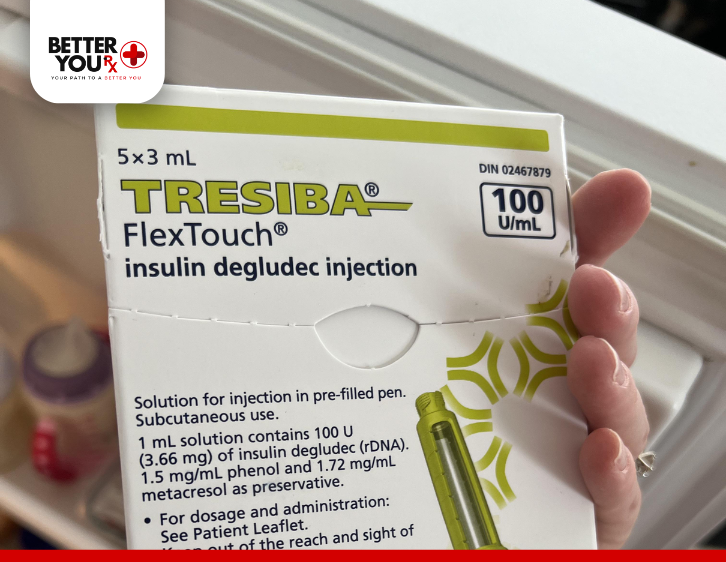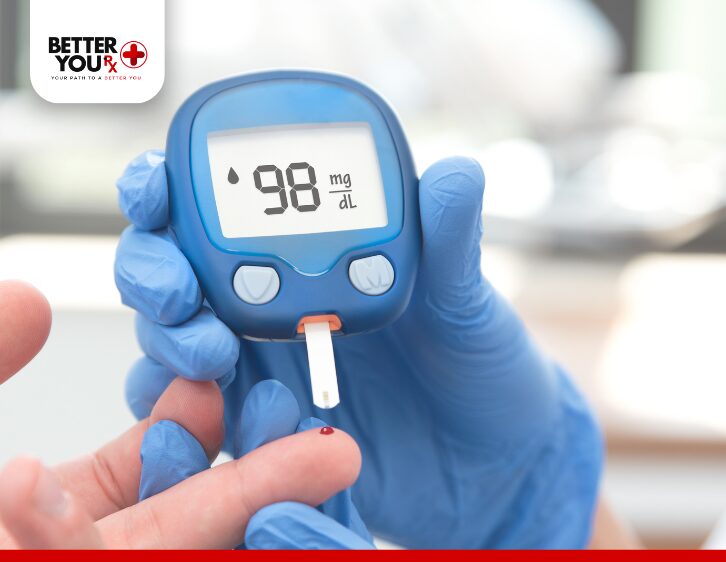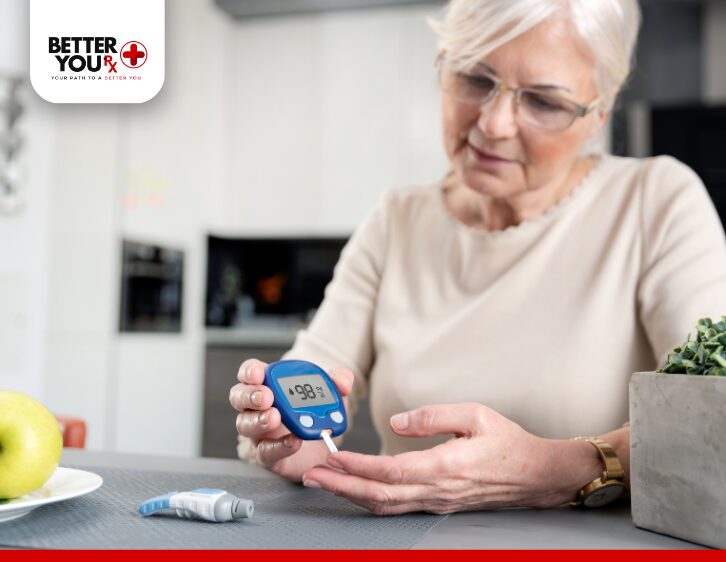Is It Better to Take Tresiba in the Morning or at Night?
When managing diabetes, insulin therapy plays a crucial role in maintaining optimal blood sugar control. Tresiba, a long-acting insulin, is commonly prescribed to individuals with Type 1 or Type 2 diabetes. Known for its extended duration of action—lasting up to 42 hours—it offers users greater flexibility with their insulin regimen. However, a common question among Tresiba users is whether it’s better to take Tresiba in the morning or at night. In this article, we will explore this question in-depth, examining how the timing of your Tresiba injection can affect your overall diabetes management.
What Is Tresiba and How Does It Work?

Before diving into whether morning or night is the best time to take Tresiba, it’s important to understand how this insulin works. Tresiba contains insulin degludec, a type of insulin designed to provide basal insulin coverage. It mimics the slow, steady release of insulin that the body would naturally produce to regulate blood sugar throughout the day and night.
Tresiba is unique in its extended duration of action. Unlike other types of insulin, which can peak and wear off over several hours, Tresiba’s effects last for up to 42 hours, providing consistent blood sugar control. Because of this long-lasting profile, Tresiba can be taken at any time of day, offering flexibility for individuals managing their diabetes.
Morning or Night: When Should You Take Tresiba?
While Tresiba FlexTouch offers flexibility in dosing, many people wonder whether it is better to take their insulin in the morning or night. There are several factors to consider when deciding the best time for your dose.

Taking Tresiba in the Morning
- Convenience for Daily Routine: For many individuals, taking Tresiba in the morning aligns with their daily routine, making it easier to remember to take their insulin at the same time each day. This consistency is key for achieving optimal blood sugar control.
- Stabilizing Blood Sugar Throughout the Day: Taking Tresiba in the morning can help regulate blood sugar levels throughout the day, including between meals. Since the insulin works steadily over 24 to 42 hours, taking it in the morning ensures you have basal insulin support as your day progresses.
- Compatibility with Meal Timing: If your meals are spread out during the day, taking Tresiba in the morning can help cover your body’s need for insulin between meals. Many people find that a morning dose works well with their eating schedule and helps keep blood glucose levels stable.
Taking Tresiba at Night

- Nighttime Coverage: Taking Tresiba at night can be particularly beneficial for individuals who experience higher blood sugar levels overnight. Since Tresiba lasts up to 42 hours, an evening dose will provide a steady, low level of insulin to prevent elevated blood sugar during sleep, when food intake is minimal.
- Fewer Concerns About Forgetting the Dose: For those who struggle to remember their morning insulin dose, taking Tresiba in the evening before bed may be more practical. Many people find that injecting at night is easier to integrate into their evening routine.
- Reduced Risk of Hypoglycemia in the Morning: If you take Tresiba at night, the insulin will be most active during your overnight hours. This can help prevent early morning spikes in blood glucose and reduce the risk of morning hypoglycemia for some individuals.
Factors to Consider
- Consistency: The key to effective insulin therapy is consistency. Regardless of whether you take Tresiba in the morning or at night, it’s important to take it at the same time each day. This helps maintain a consistent level of insulin in your system and ensures stable blood glucose control.
- Lifestyle and Schedule: Your personal routine, including when you eat, exercise, and sleep, can influence when you should take Tresiba. Some people find that taking it in the morning works best with their work or school schedule, while others prefer taking it at night for ease and convenience.
- Blood Sugar Patterns: If you notice that your blood sugar tends to spike in the morning or drops too low overnight, it may be helpful to work with your healthcare provider to adjust the timing of your Tresiba dose. You might need to take it at a specific time to better align with your blood glucose fluctuations.
- Other Medications: If you’re taking other medications alongside Tresiba, such as fast-acting insulins or oral diabetes medications, the timing of your doses may need to be adjusted to ensure they don’t interfere with each other. Always follow your healthcare provider’s instructions regarding insulin timing.
Benefits of Taking Tresiba FlexTouch
Taking Tresiba, whether in the morning or night, provides several key benefits:
- Long-Lasting Action: With its ability to last up to 42 hours, Tresiba helps provide stable insulin levels throughout the day and night.
- Reduced Risk of Hypoglycemia: Unlike other insulins with peaks and valleys, Tresiba has a flat action profile, which can help minimize the risk of low blood sugar (hypoglycemia).
- Flexibility: Because of its long-acting nature, Tresiba allows for flexibility in dosing time. This makes it easier to work around different schedules or lifestyle needs.
Conclusion: Morning or Night, the Choice Is Yours
Ultimately, whether it is better to take Tresiba in the morning or at night depends on your personal routine, blood sugar patterns, and convenience. The important thing is to take Tresiba consistently at the same time each day to maintain stable blood glucose control. Many people find that morning injections are convenient, while others prefer nighttime dosing to help manage overnight blood sugar levels. Regardless of your choice, Tresiba’s flexibility and long-acting nature can help provide the steady, reliable insulin coverage needed for effective diabetes management.
For those who need assistance with purchasing Tresiba or finding more information about managing diabetes, a pharmacy partner can help guide you through the process of obtaining insulin in a way that best fits your needs. Call us today or visit us at betteryourx.com





































